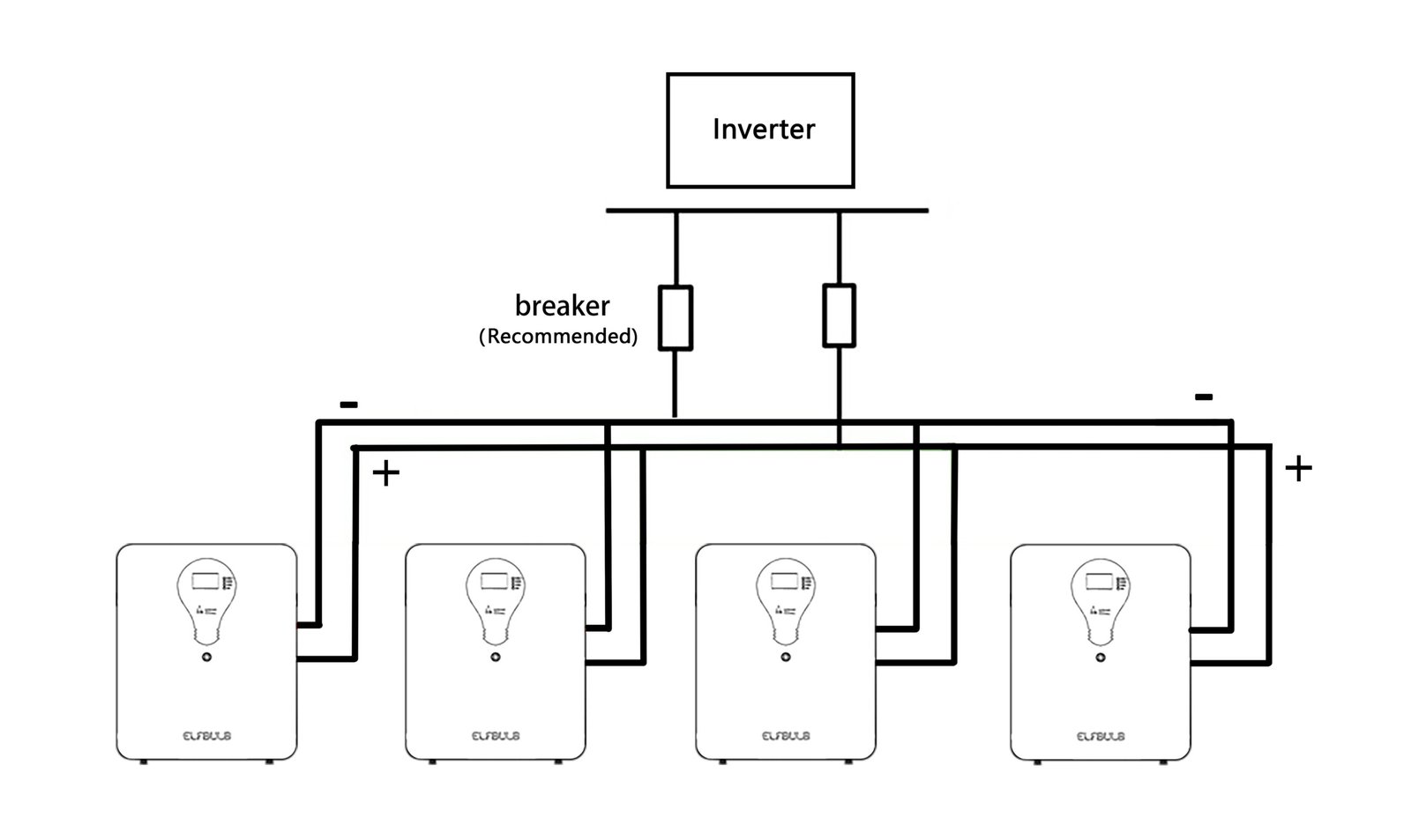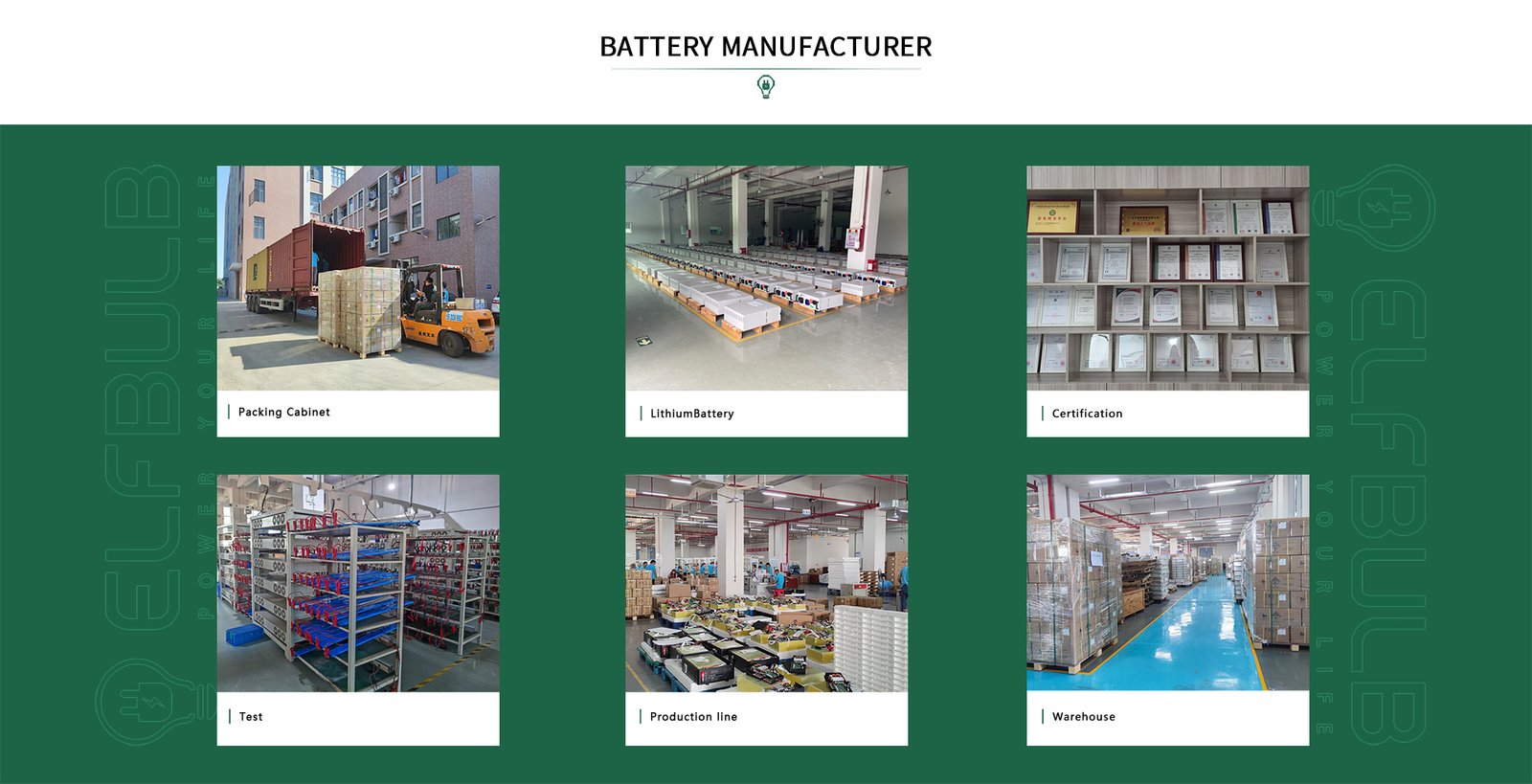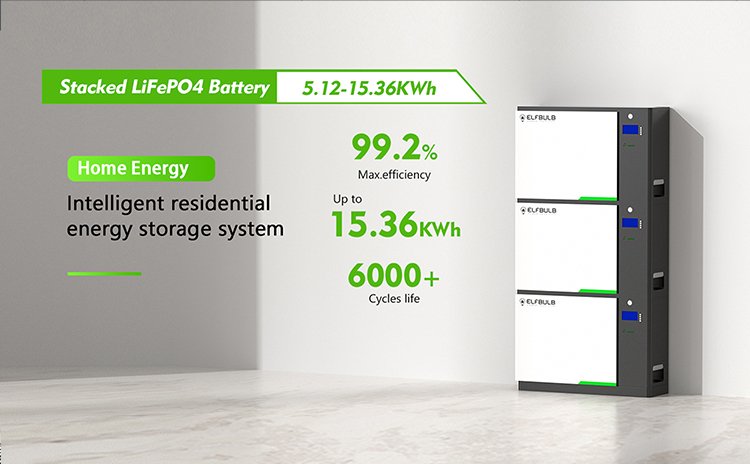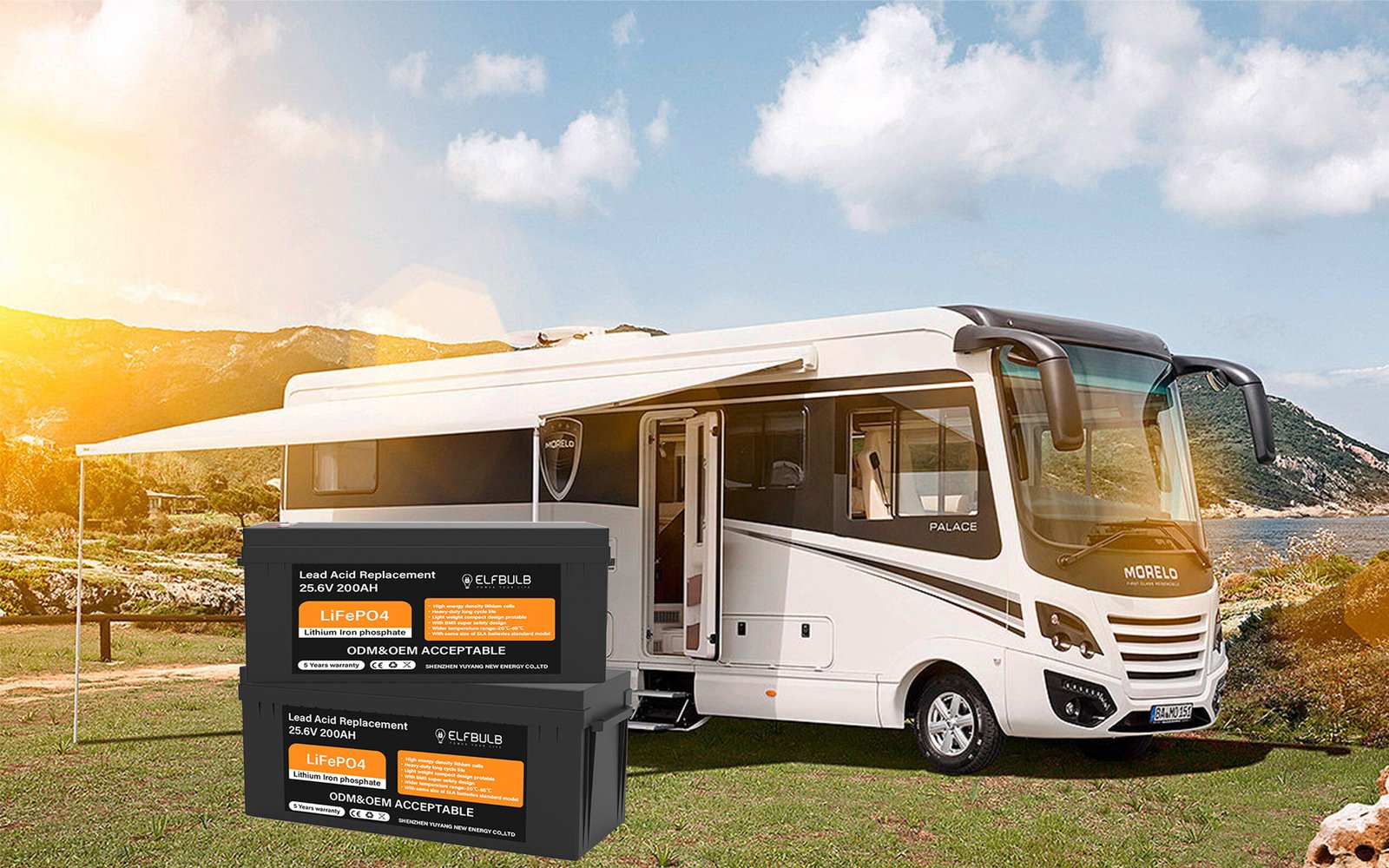Introduction: With the increasing popularity of renewable energy, inverters serve as crucial equipment for converting DC power to AC power for residential and commercial applications. However, in systems powered mainly by solar or wind energy, the connection between inverters and batteries has also become essential. This article will discuss the methods of connecting inverters to batteries and highlight the best practices to ensure a clear structure and high readability to help readers understand how to maximize system reliability and performance.
I. Methods for connecting inverters to batteries
1. Basic connection scheme: The simplest approach is to directly connect the inverter and battery. In this case, the battery is connected to the inverter via a DC cable, and the inverter converts the DC power from the battery into the required AC power. This is the most common connection method, suitable for small-scale residential systems or emergency situations requiring temporary backup power.
2. Smart connection scheme: With technological advancements, the emergence of smart inverters and battery management systems has provided more options for connection and control. Smart connection schemes enable communication between the inverter and battery, allowing for intelligent control and optimization of the battery’s charging and discharging processes to maximize efficiency and lifespan.
II. Best practices
1. Choosing suitable inverters and batteries: When selecting inverters and batteries, it is important to consider their power matching and compatibility. Ensure that the inverter can handle the load of the battery system and that the voltage and power specifications between the two are compatible.
2. Installation location and environment: To ensure proper system operation and effective heat dissipation, install the inverter and battery in well-ventilated areas away from direct sunlight. Avoid installation in damp or overheated environments.
3. Monitoring and maintenance: Regularly monitor and maintain the inverter and battery to ensure their proper operation and performance. Pay attention to the battery’s charging and discharging cycles and cycle count, and promptly replace aging batteries to minimize the risk of system failures.
Conclusion: The connection between inverters and batteries is a crucial aspect of establishing reliable and high-performance renewable energy systems. By selecting appropriate connection schemes and following best practices, system efficiency and reliability can be maximized. In the future, inverter and battery connection technologies will continue to advance, bringing more innovations and convenience to the application of renewable energy.
















